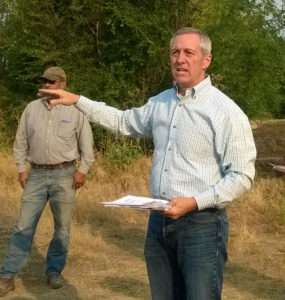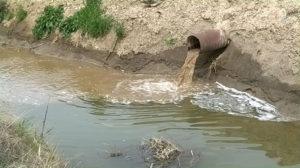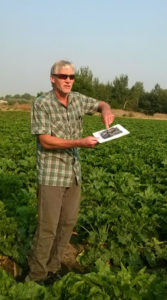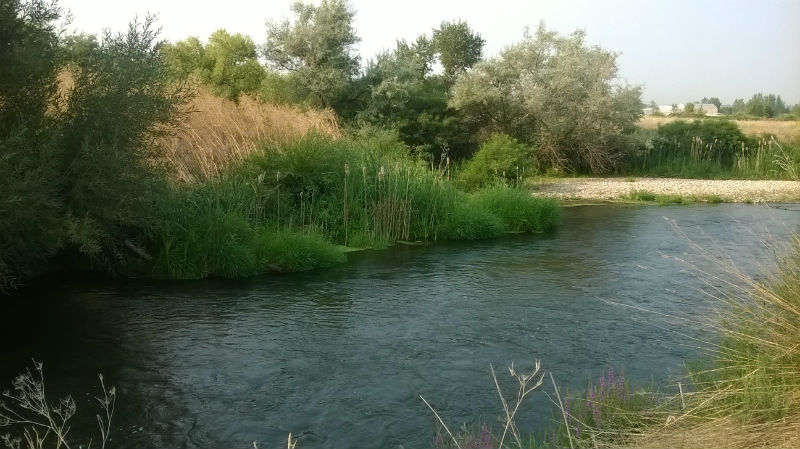by Dr. Jack Harrison
Water in the Boise River will have less sediment and phosphorus because of a new partnership between the City of Middleton and Drainage District No. 2 (DD2). The innovative water quality improvement project will remove sediment and phosphorus from the Mill Slough, a major Boise River tributary. This partnership between the City and DD2 demonstrates how cities and the agricultural community can work together to reduce non-point pollution in the Boise River watershed.


Middleton Mayor Darin Taylor said, “The Boise River is our front yard and we want to take care of it. We created this opportunity to partner with Drainage District 2 and do something neither of us could do on our own.”

The Mill Slough discharges to the Boise River near Middleton Road and is one of twelve Boise River tributaries identified in the 2015 Lower Boise River Total Maximum Daily Load (TMDL) that need to contribute less sediment, bacteria and nutrients to the Boise River. According to US Geological Survey data, Mill Slough has the fifth highest discharge of total phosphorus when compared to other Boise River tributaries. Discharge loads average 125 pounds per day.

The Mill Slough is an integral part of DD2’s drainage system that serves the north side of the Boise River. The Mill Slough conveys irrigation water that flows off agricultural fields known as return flow, stormwater from urban residential areas, and municipal wastewater discharged from the City of Star. The three-phase water quality improvement project, as conceived and developed by Dr. Jack Harrison with HyQual P.A., starts with construction of an automatic weir structure installed in the Mill Slough a short distance upstream from the Boise River.
The weir will increase the Mill Slough water level and form a small sediment settling basin. To prevent downstream spiraling of nutrients that collect in the settling basin, DD2 and the City will remove sediment and phosphorus from the basin. The sediment will be sampled and removal rates tracked to demonstrate the effectiveness of this “in-channel” treatment. Sediment and phosphorus removed from the settling basin will be applied to City-owned land. It is estimated the project will result in an average annual sediment load reduction to the Boise River of about 900 tons/year and a total phosphorus load reduction of about 365 pounds-P/yr.
In the next phase of the project, the phosphorous-rich water in Mill Slough would be diverted south over City-owned land using historic overland flow channels that drain to the river. The final phase of the project could include a higher level of water quality treatment via expanded riparian flow channels and newly constructed wetlands and/or treatment basins. Read the Mill Slough Water Quality Plan Description.

To help finance the Project, the City and DD2 jointly applied for a matching grant of $172,500 from the Lower Boise Watershed Council (LBWC). The LBWC was awarded $250,000 from the State of Idaho’s Agricultural BMP General Fund, and, on October 12, 2017, the LBWC approved a grant in the amount of $172,500 for the joint City/DD2 Project.